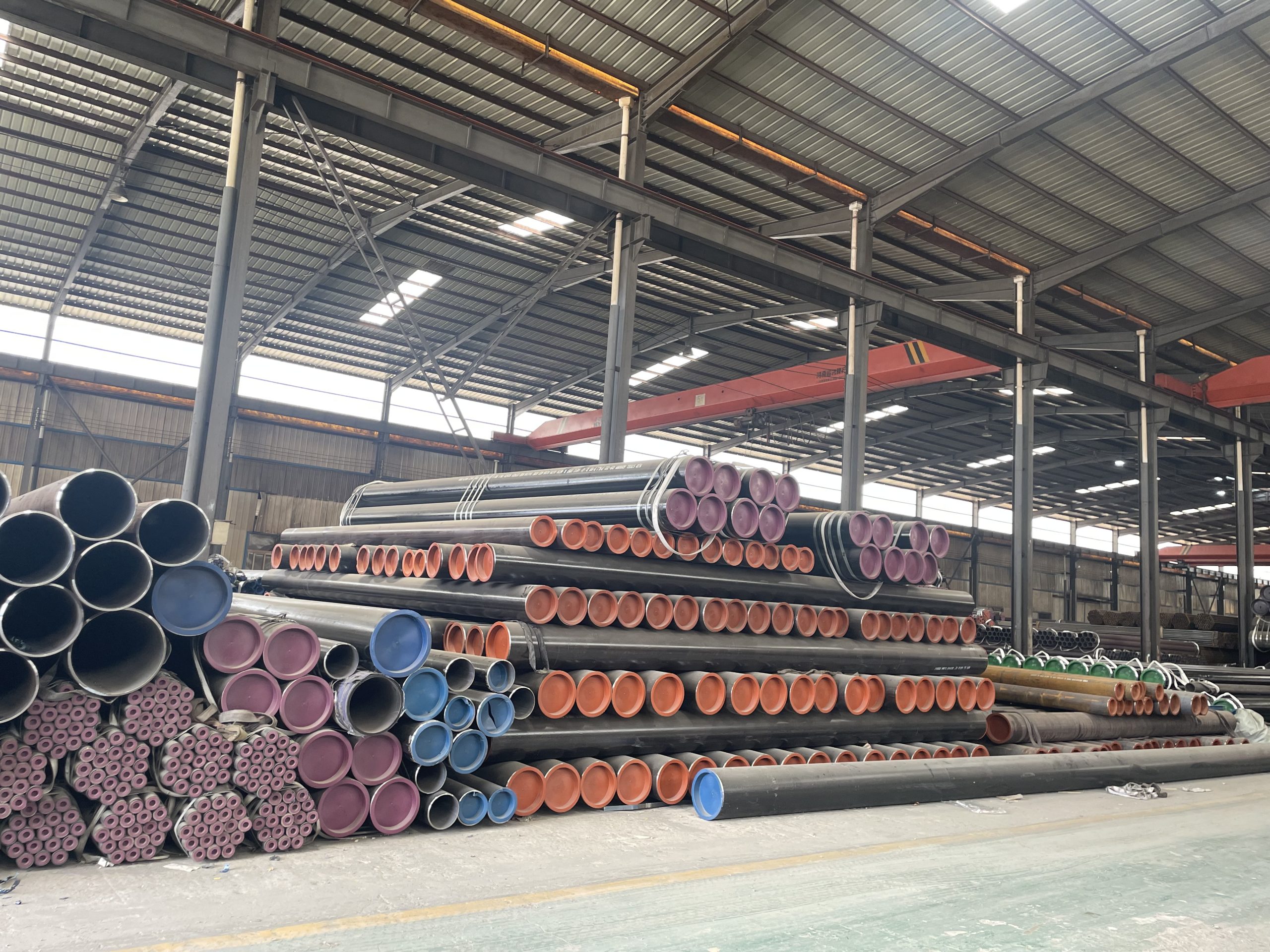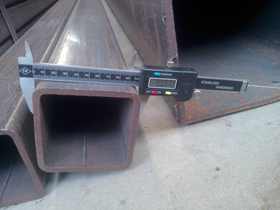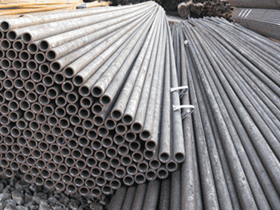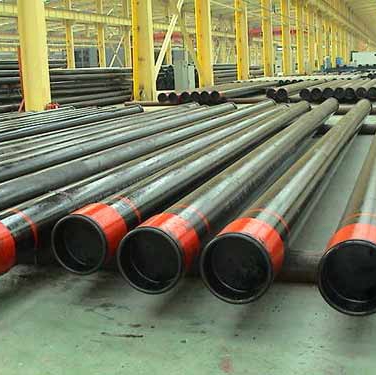Advantages of Using ERW steel Tubes in Oil Drilling Operations
Oil drilling operations require high-quality materials to ensure the safety and efficiency of the process. One crucial component in oil drilling is the Tubing used to extract oil from the ground. ERW (Electric Resistance Welded) steel tubes have become a popular choice for oil drilling operations due to their numerous advantages over other types of tubing.
One of the main advantages of using ERW steel tubes in oil drilling operations is their high strength and durability. ERW steel tubes are made by forming a strip of steel into a cylindrical shape and then Welding the edges together. This welding process creates a strong bond that can withstand high pressure and stress, making ERW steel tubes ideal for use in oil drilling applications.
In addition to their strength, ERW steel tubes are also highly resistant to corrosion. The oil drilling process involves exposure to harsh environments and corrosive substances, which can cause traditional tubing materials to deteriorate over time. ERW steel tubes, however, are coated with a protective layer that prevents corrosion and extends the lifespan of the tubing, making them a cost-effective choice for oil drilling operations.
Another advantage of using ERW steel tubes in oil drilling operations is their versatility. ERW steel tubes can be manufactured in a wide range of sizes and thicknesses to meet the specific requirements of each drilling project. This flexibility allows for greater customization and ensures that the tubing will fit seamlessly into the drilling equipment, reducing the risk of leaks or other complications during the drilling process.
Furthermore, ERW steel tubes are easy to install and maintain, making them a convenient choice for oil drilling operations. The welding process used to create ERW steel tubes results in a smooth, uniform surface that is easy to connect to other components of the drilling equipment. This Seamless connection reduces the risk of leaks and ensures that the tubing will perform reliably throughout the drilling process.
In addition to their strength, durability, and versatility, ERW steel tubes are also cost-effective compared to other types of tubing. The manufacturing process for ERW steel tubes is highly efficient, resulting in lower production costs and a more affordable final product. This cost savings can be significant for oil drilling companies, especially when drilling in remote or challenging environments where equipment and materials may need to be transported long distances.

Overall, the advantages of using ERW steel tubes in oil drilling operations make them an excellent choice for companies looking to improve the safety, efficiency, and cost-effectiveness of their drilling processes. With their high strength, Corrosion resistance, versatility, and affordability, ERW steel tubes are a reliable and durable option for extracting oil from the ground.
In conclusion, ERW steel tubes offer numerous advantages for oil drilling operations, making them a popular choice for companies in the oil and gas industry. Their strength, durability, corrosion resistance, versatility, and cost-effectiveness make them an ideal tubing Material for extracting oil from the ground. By choosing ERW steel tubes for their drilling projects, companies can ensure the safety, efficiency, and success of their operations.
Key Differences Between Seamless and ERW Steel Tubes for Oil casing and Drilling Applications
Oil drilling and well pumping operations require high-quality steel tubing that can withstand extreme conditions and pressures. Two common types of steel tubing used in these applications are seamless and ERW (Electric Resistance Welded) tubes. While both types serve similar purposes, there are key differences between them that can impact their performance in oil casing and drilling operations.
Seamless steel tubes are manufactured by piercing a solid billet of steel to create a hollow tube. This process results in a smooth, uniform surface without any seams or welds. Seamless tubes are known for their strength and durability, making them ideal for high-pressure applications such as oil drilling. The absence of welds in seamless tubes eliminates the risk of weak points that could compromise the integrity of the tubing under extreme conditions.
On the other hand, ERW steel tubes are created by welding together strips of steel to form a tube. While the welding process introduces a seam along the Length of the tube, modern welding techniques have significantly improved the strength and reliability of ERW tubes. ERW tubes are generally more cost-effective to produce than seamless tubes, making them a popular choice for less demanding applications where high pressure is not a concern.
38mm square tubingOne of the key differences between seamless and ERW steel tubes is their manufacturing process. Seamless tubes are produced by Hot rolling or cold drawing, which results in a uniform grain structure that enhances the strength and toughness of the tubing. In contrast, ERW tubes are created by welding together multiple strips of steel, which can introduce variations in the grain structure along the length of the tube. While modern welding techniques have minimized the impact of these variations, seamless tubes are still considered to have superior Mechanical properties.
Another important difference between seamless and ERW steel tubes is their dimensional accuracy. Seamless tubes are known for their precise dimensions and tight tolerances, which make them ideal for applications where precise fit and alignment are critical. ERW tubes, on the other hand, may have slight variations in diameter and Wall thickness due to the welding process. While these variations are typically within acceptable limits, they can impact the performance of the tubing in certain applications.
In terms of availability and cost, ERW tubes are generally more readily available and cost-effective than seamless tubes. The simpler manufacturing process of ERW tubes allows for higher production volumes and lower production costs, making them a cost-effective option for many applications. Seamless tubes, on the other hand, are more expensive to produce due to the additional processing steps involved in creating a seamless, uniform tube.
In conclusion, both seamless and ERW steel tubes have their own advantages and disadvantages when it comes to oil casing and drilling applications. Seamless tubes are known for their superior strength, durability, and dimensional accuracy, making them ideal for high-pressure applications where precision and reliability are paramount. ERW tubes, on the other hand, offer a cost-effective alternative for less demanding applications where high pressure is not a concern. Ultimately, the choice between seamless and ERW steel tubes will depend on the specific requirements of the application and the budget constraints of the project.





